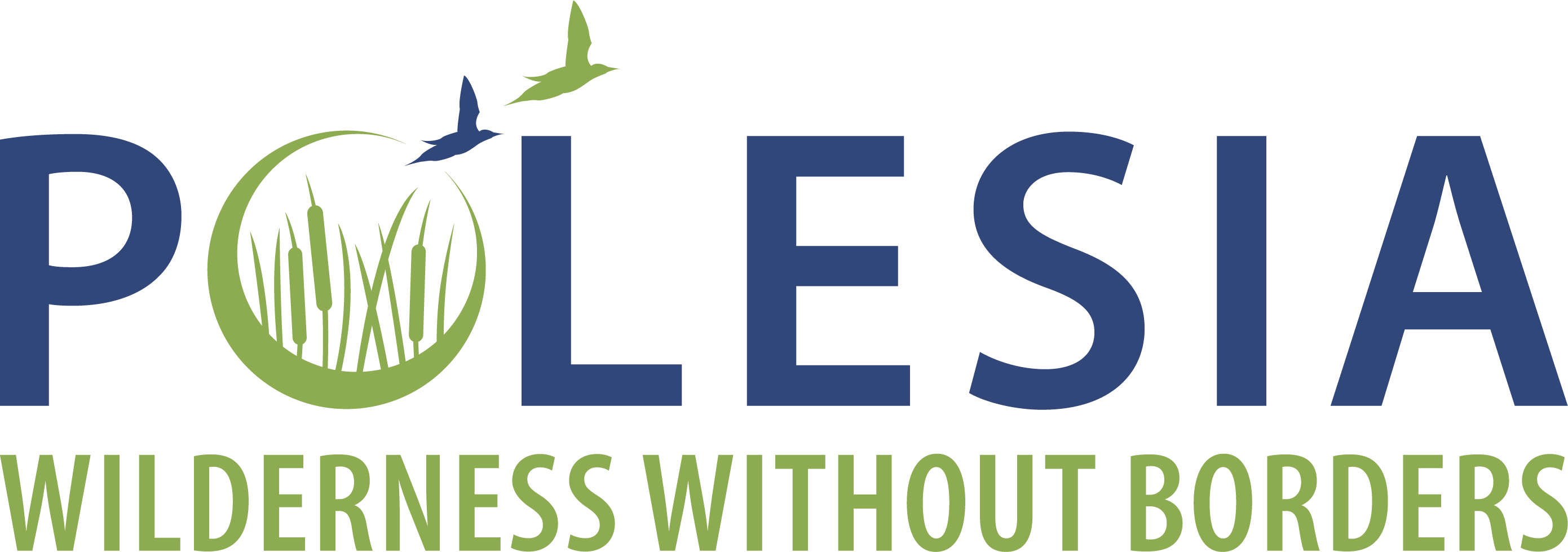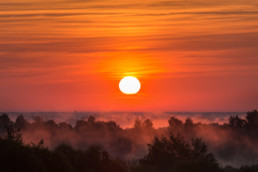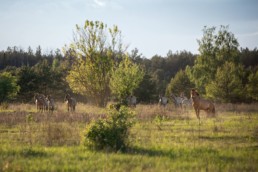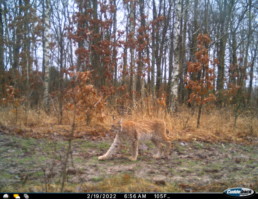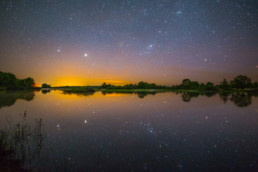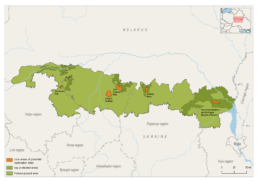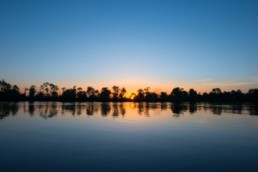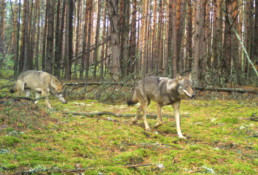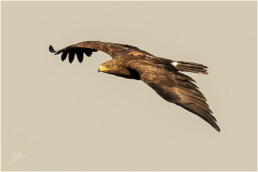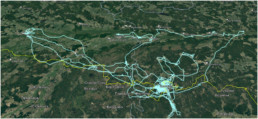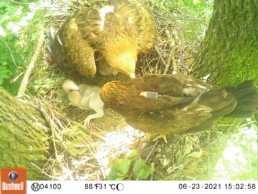Polesia: a vast wetland wilderness
The world’s wetlands are disappearing three times faster than its forests, with 90% lost since the 1700s. These vanishing ecosystems play a crucial role in storing and cleaning water, mitigating flood damage, sustaining biodiversity, providing us with food and storing huge amounts of carbon.
Protecting wetlands
Polesia is Europe’s largest wetland wilderness and greatest floodplain region. Some of the continent’s last ‘wild’ rivers meander across the landscape, through a vast patchwork of carbon storing peatlands and forests, islands, lakes, bogs and wet meadows. Stretching across Belarus and Ukraine, spreading into Russia in the East and Poland in the West, Polesia covers more than 18 million hectares – about half the size of Germany. This is crucial habitat for struggling wildlife. The area harbours 60% of the world’s remaining aquatic warbler population and is the most important breeding ground west of Russia for the globally threatened Greater Spotted Eagle. Hundreds of thousands of migratory birds stopover in Polesia each year to rest, feed and breed while large mammals, like wolf, lynx and European bison, occur in significant numbers.
The ‘Polesia – Wilderness Without Borders’ project, through funding from the Endangered Landscapes Programme and Arcadia – a charitable fund of Lisbet Rausing and Peter Baldwin, is working to secure this rich natural heritage. By gaining a better understanding of the abundance and connectivity of the area’s wildlife our team are mapping priority sites. We are working with partners in Ukraine and Belarus to identify and establish new protected areas, and expand existing ones with the aim to create a contiguous network covering over 1 million hectares of ecologically functioning landscapes, including wetlands. Recognising Polesia’s global importance, the project is working on a UNESCO World Heritage Site and Biosphere Reserve nomination and driving the establishment of a cross-border Ramsar Site in Polesia. The Wild Polesia project also provides equipment and technical support to local authorities to improve the management of protected areas.
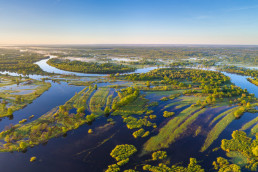
Restoring landscapes
The protection of surviving, intact wetlands is crucial, but unfortunately we have reached a point where we now need to go a step further. Altered and degraded wetlands and their vital ecosystem services need to be restored and brought back to life. Although much of Polesia’s wetlands remain largely intact and undamaged some areas have been altered. Over the coming years the Wild Polesia Project plans to restore over 6,000 hectares of mires and floodplains that were drained at the beginning of the last century.
Work has begun at the project’s first restoration site: Nerasnia in Belarus. Neresnia is a degraded transitional mire, part of the Wetland Topilovskoye, covering about 2000 hectares. This mire has been significantly altered by drainage channels and fires. These drainage channels will be blocked, in order to re-wet the mire. Monitoring hydrology, vegetation and invertebrates will help us assess and adapt our restoration efforts.
Watch FZS Belarus Programme Leader Viktar Fenchuk explain our approach:
